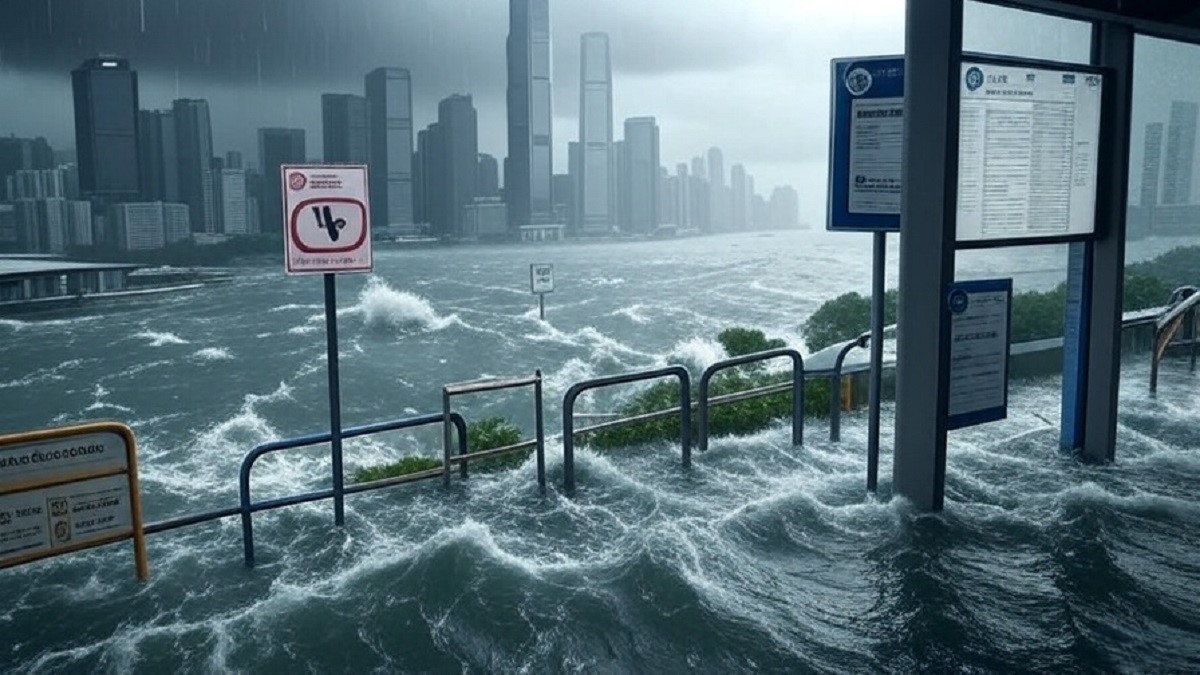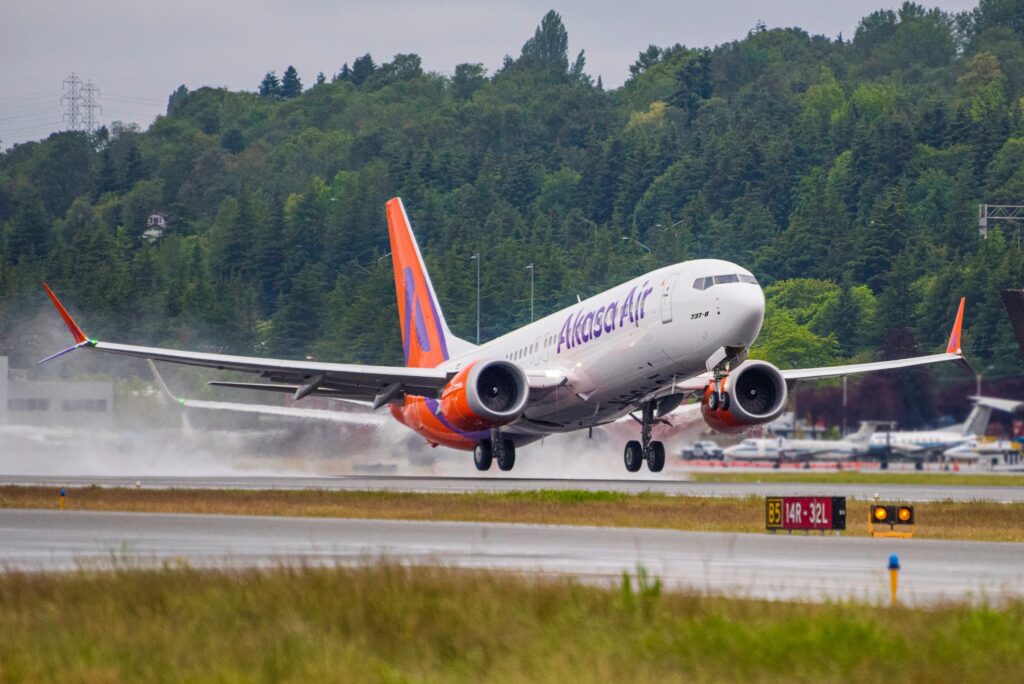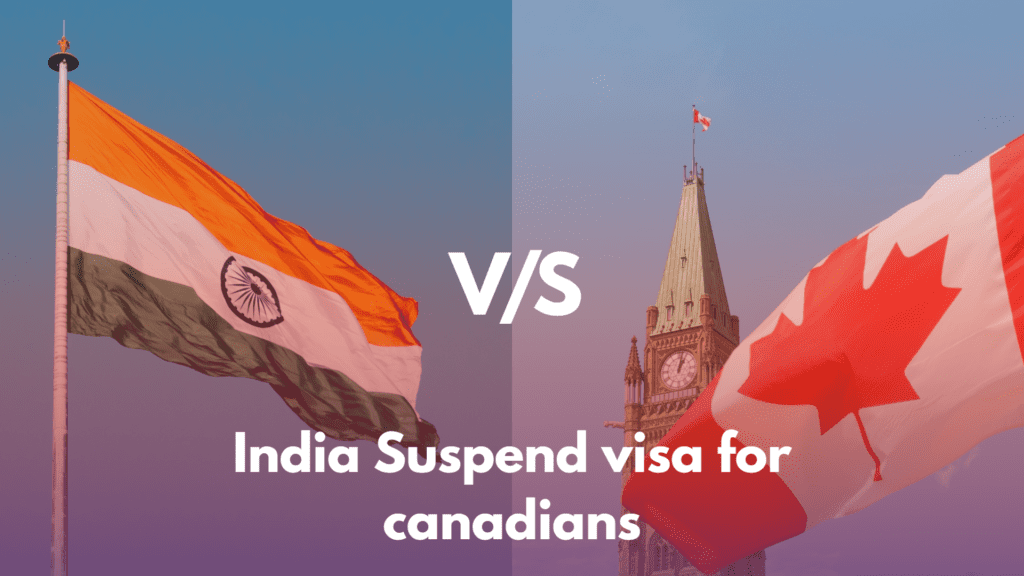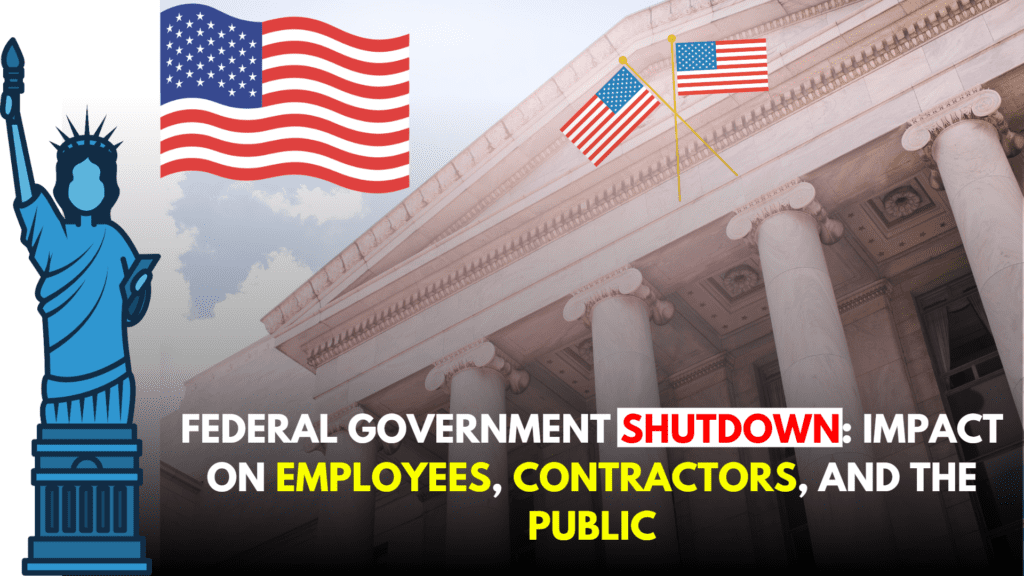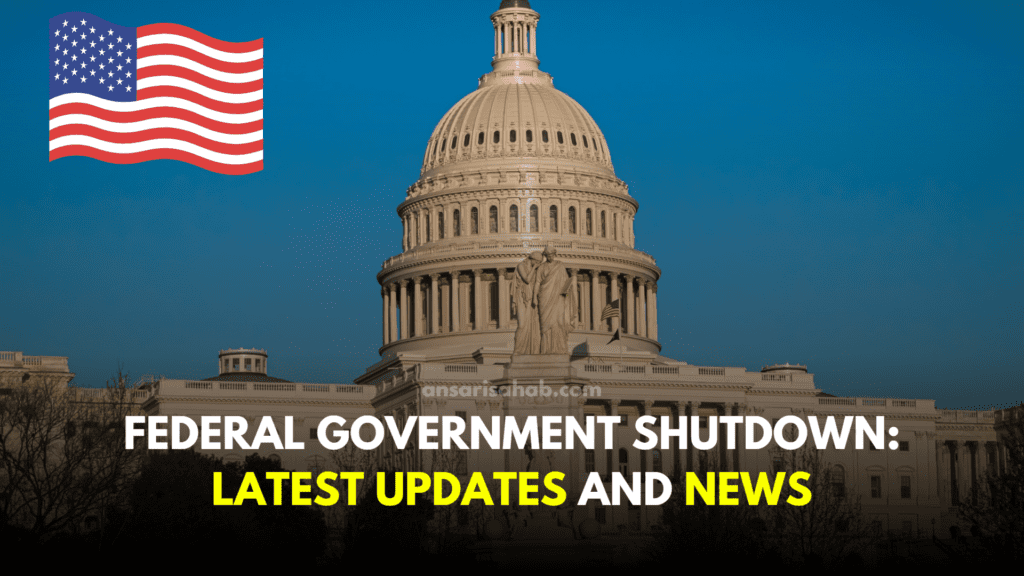Hong Kong has been placed under its highest typhoon warning as Typhoon Ragasa Hong Kong intensifies, bringing hurricane-force winds, torrential rain, and disruptive storm surges. Authorities have issued Signal 10, suspended most services, and grounded flights as the super typhoon edges within 100 km south of the city center.
Storm Strength and Trajectory
Super Typhoon Ragasa is currently the strongest tropical cyclone of 2025, with sustained winds exceeding 195 km/h, gusts well above, and a rapidly expanding eyewall. It is forecast to make landfall between Taishan and Zhanjiang in Guangdong province, affecting the Pearl River Delta, including Hong Kong, Macau, and neighboring cities. The storm’s approach has prompted China to issue the highest “red” wave warnings and anticipate storm surges of up to 7 meters in some coastal zones.
Hong Kong’s Preparations and Disruptions
The Hong Kong Observatory (HKO) raised Signal 10 at 2:40 a.m. local time on September 24, 2025, and later downgraded to Signal 8 at 1:20 p.m., with the warning expected to remain until around 8:00 p.m. Residents have taped windows, stockpiled essentials, and bolstered flood defenses, especially in low-lying districts.
All classes and many businesses were suspended starting Tuesday, and over 700 flights across Hong Kong, Taiwan, and Macau were cancelled. Airlines relocated approximately 80% of their fleets to safer locations abroad, and Hong Kong International Airport halted operations for at least 36 hours.
The fullerton hotel and other waterfront properties reported flooding as sea spray surged through entrances.
Regional Impact and Casualties
In Taiwan, Ragasa’s outer bands triggered a catastrophic failure when a barrier lake in Hualien County burst, causing flooding that claimed at least 14 lives and left 124 missing. Several dozen people were also injured as rivers overflowed and infrastructure collapsed.
To the south, the Philippines reported three deaths and widespread displacement in Luzon as the typhoon’s earlier passage brought flooding and landslides.
In Guangdong and adjacent provinces, authorities have already relocated over 1.9 million people in anticipation of high winds, rainfall, and storm surge impact.
In Zhuhai, wind gusts of 212 km/h were recorded. Rainfall totals in the region are forecast between 25 to 45 cm, with waves up to 7 meters.
What It Means for Residents & Infrastructure
- Flood risk and surge impact: Coastal districts, promenades, and low-lying neighborhoods are vulnerable to storm surge and sea-level rise.
- Power and utility outages: Falling trees and flooding may disrupt electricity, telecommunications, and road networks.
- Economic disruption: With business suspensions and transit halted, commerce and logistics will see delays.
- Infrastructure strain: The Pearl River Delta region is densely urban; damage to roads, drainage, and buildings could be extensive.
- Safety concerns: Residents are advised to stay indoors, avoid waterfronts, and heed instructions from emergency services.
FAQs
A: Hong Kong issued Signal 10 (Hurricane) early on September 24, later downgraded to Signal 8, expected to stay until evening.
A: Ragasa is forecast to make landfall between Taishan and Zhanjiang in Guangdong province, after passing near Hong Kong.
A: Taiwan has reported 14 deaths and 124 missing due to flooding. The Philippines reported 3 deaths. Hong Kong injuries exceed 60.
As Typhoon Ragasa Hong Kong presses onward, the city and surrounding regions remain in high alert. Authorities continue to monitor storm movements closely, and residents are urged to remain indoors and follow official guidance until the typhoon weakens and passes.

